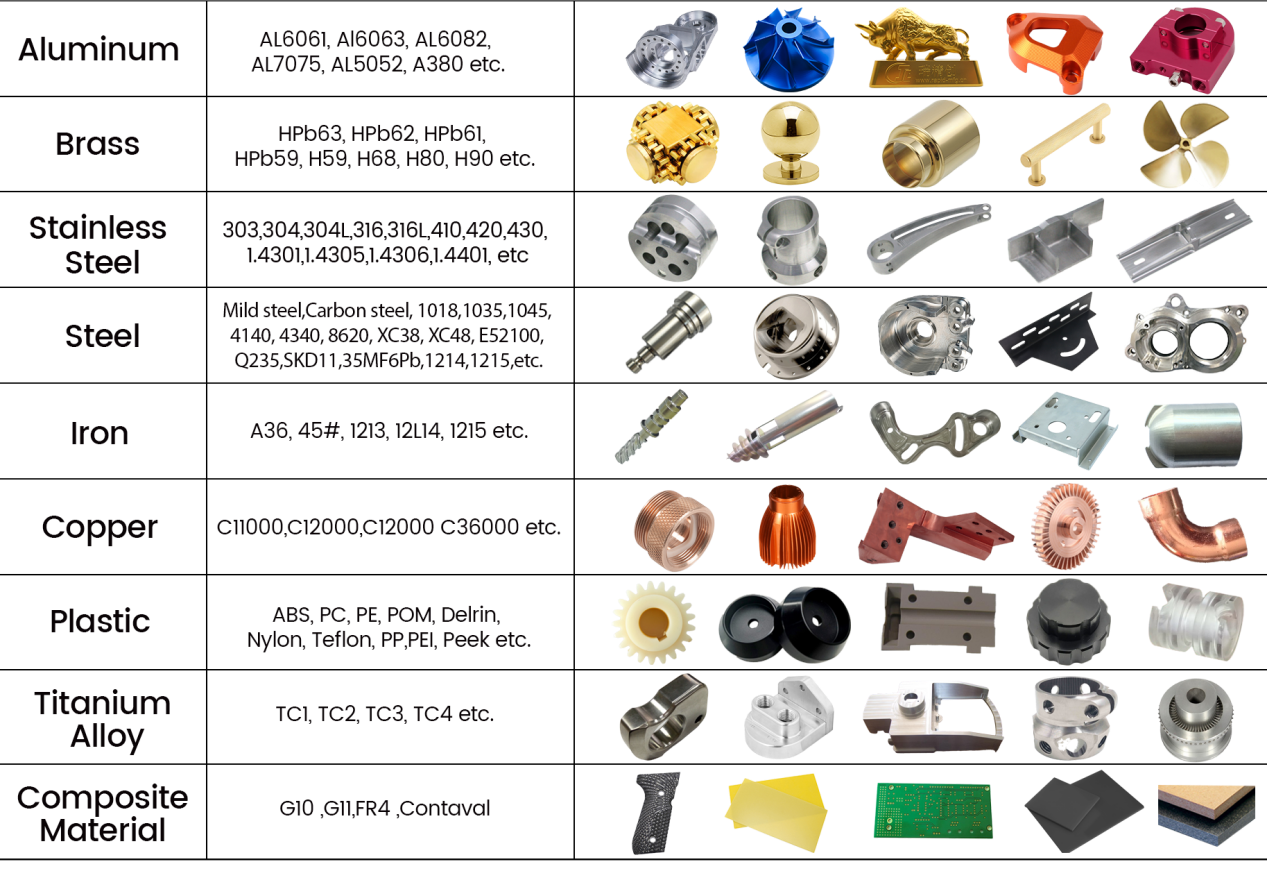Metals used to be the main solution when selecting component materials that required strength, durability and the ability to withstand loads under various stresses; Impact, shear, tensile and warpage stresses. With modern technological advances in finite element analysis (FEA), composite engineering and precision injection molding processes, converting parts from metal to plastic has become a viable, economical and popular solution.
The use of plastics not only reduces part weight and manufacturing costs, but also improves design flexibility through fewer manufacturing operations. Using scientific methods to make plastic components comparable to metal components can result in components with the same structural integrity, with additional advantages such as chemical resistance and electromagnetic (EM) and radio frequency (RF) shielding.

To reduce vehicle weight and improve fuel efficiency, the automotive and aerospace industries have pioneered replacing metal parts with plastic ones. A recent article published by the American Society of Mechanical Engineers (ASME) states:
By using engineering grade materials with proper structural design, plastic parts can actually be stronger than metal parts. The ability to shape structural strength features (such as ribs, boss, and corner braces) at the time of initial production (rather than later fastening, welding, and gluing) increases the overall strength of the assembled part and reduces additional costs.
The suitable polymer material and vowin.cn/en/News/news1251.html' target='_blank'>vowin.cn/' target='_blank'>molding effect can be preliminarily confirmed by using finite element analysis engineering software and mold flow testing. Additional stress loading simulations performed by mechanical engineering professionals can give customers peace of mind knowing that their part conversion is supported by scientific, objective and real-time data.
Consider the following three factors that convincingly support the conversion of metal parts to plastic:
- Lighter weight
Considering the specific gravity of aluminum (the ratio of density or mass of two substances), it is usually used for its commendable weight to strength ratio, which ranges from 2.5 to 2.8 SG. By comparison, polycarbonate, one of the denser plastics, has a gravity range of 1.2 to 1.4 SG. The conversion of metal to plastic parts has been very successful in reducing the weight of components, which directly reduces transportation costs and will also reduce manufacturing and processing costs. Making metal parts has always required powerful machines, many cycles of operation and skilled mechanics. A single injection molding process that can be completed in less than a minute produces similar plastic parts.
- Multipart merger
Injection molding is capable of producing complex geometry, including bosses, ribs, holes, threads, bottom cuts, and ports — all with strict tolerances. By creating an engineered precision mold and high speed production process, multi-faceted plastic parts can be efficiently manufactured. While die castings are considered the metal equivalent of plastic injection molded parts, consider these potential material additives that make plastic parts a better solution:
- Lubricants: improve wear and reduce friction
- Carbon steel or stainless steel: Improved electrical conductivity and EMI/RFI shielding
- Minerals: electrical properties, dimensional stability and impact resistance
- Modifier: Increase toughness
- Uv protection: maintain stability in the outdoor environment
- Colorants: Unlimited color choices
- Strength modifier: glass, tungsten, Kevlar, copper
- Reduce the cost
Using engineered grade resins such as nylon or ABS, thicker and heavier die-cast metal parts can be replaced with stronger, thinner and more uniform plastic parts. Less material equals lower material cost. By eliminating multi-pass machining operations (such as threading, welding, and surface finishing), high-speed, single-pass production cycles can reduce manufacturing costs by 25% – 50% compared to metal parts. There are a variety of high-performance polymer blends and mixtures that can be designed to meet specific performance requirements, many of which will provide an affordable alternative to metals and alloys.
The process is initiated by consulting experienced precision injection molding equipment to determine the economic viability of converting metal parts to plastic. Through engineering reviews, the current material and functional requirements of the project can be determined to ensure consistency and highest quality between parts throughout the project life cycle.




